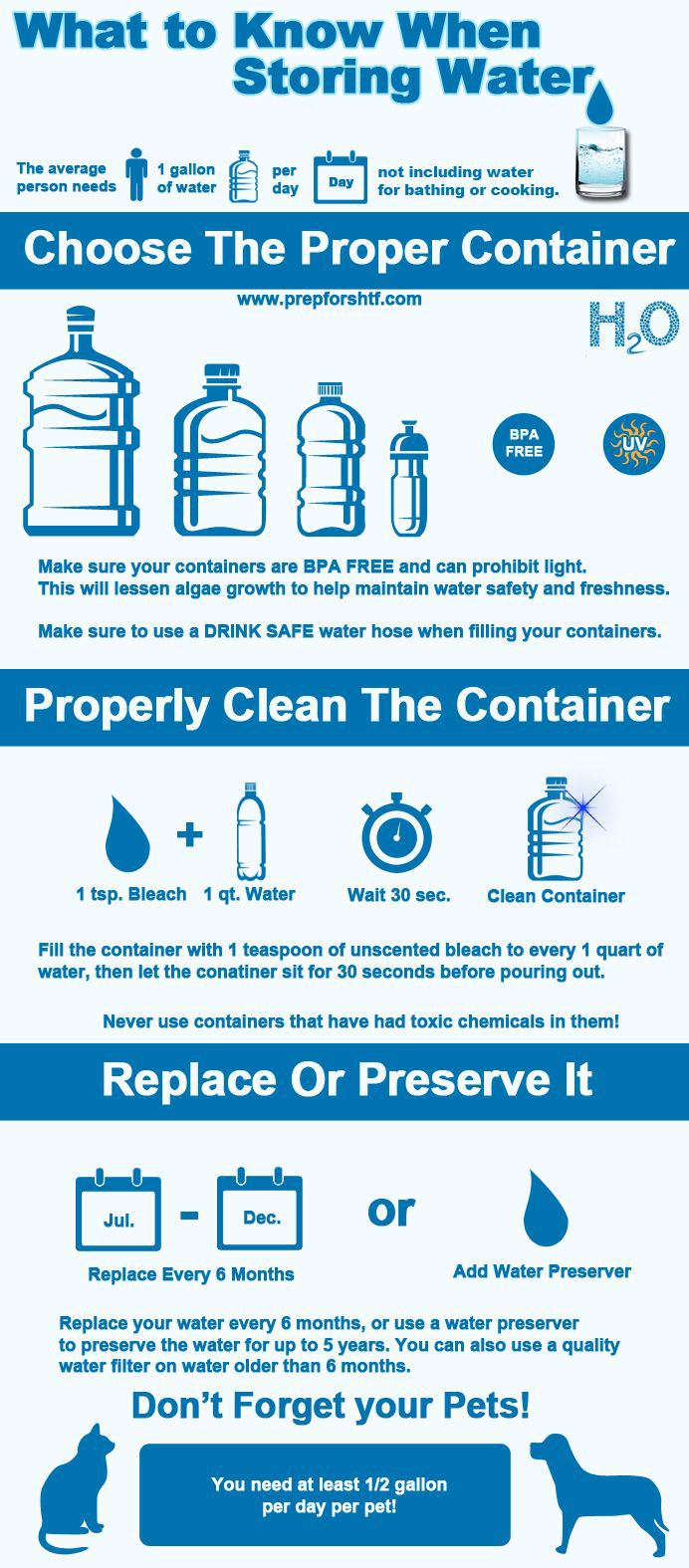Prepping for a Natural Disaster or Emergency: Food and Water Storage
There are approximately 300 – 400 natural disasters each year. A report by the Centre for Research on the Epidemiology of Disasters showed that between 2002 and 2011 there were 124.5 million victims of natural disasters worldwide. It is a alarming thought, but 1 person in 25 has been affected by a natural disaster or has needed to evacuate his or her home. If you were in a natural disaster, or even just a power outage, you would want to have everything you need to survive.
When a widespread disaster occurs, most people scramble to get the basics to survive. In the worst situations desperate people will ransack grocery stores and it will likely be more dangerous stepping outside. Regardless of what would actually happen after a natural disaster, why take any risks? Help from the government or non-profits could take days or weeks, depending on the population of your city and the devastation. Having a safety net will give you peace of mind and will also make you more prepared for handling difficult situations if they arise.
To prepare for a natural disaster do the following:
- Create an evacuation plan and procedure
- Prepare bug out bags
- Prepare food and water storage for your home
Evacuation Plan and Procedure
Create a plan for where to meet your loved ones. If you have children, create multiple plans depending on where they are (daycare, home, school, practice, etc.) and print out copies to put into their backpacks. Then create an evacuation plan of where you would go if your home were destroyed. Discuss these plans with your kids so that they understand the plans and do not become frightened.
Bug Out Bag
The purpose of a bug out bag is to have the bare necessities when you need to evacuate your home within ten minutes. Be careful not to make it too heavy – think of it like you would be going for a hike. If it is too heavy and you will have to walk for several miles, you will not be putting yourself in a good position.
Examples of what to include in your bug out bag:
- Pants
- Water filtration system and bottles of water
- Tennis or hiking shoes
- Shirts
- Blanket or compactable sleeping bag
- Medication
- Important documents – passport, birth records, and photos of loved ones
- Spare keys
Food and Water Storage at Home
The amount of water you need per day differs based on where you live and how much exercise you are doing. The common advice is to have 1 gallon of water each day per person. If you live alone, store 3 gallons of water. If you have two children and a spouse, store 12 gallons of water. It is advised to store water in glass containers away from chemicals in a dark place, like a basement.
Buy canned goods to store in a cupboard or basement. It is advised to have canned goods that do not require cooking in case you do not have a heat source. To ensure you have enough food, test out eating a meal with your family. This way everyone will find out how much will be needed. This is a great opportunity to find out what everyone likes the most. If you are worried about expenses, buy a can or two each time you go to the grocery store. This helps you stock up over time. Finally, every six months, check the expiration dates on the cans, eat the ones that will expire soon, and replace them.
Hope this helped you think about what you would do during a natural disaster. What else would you include to your bug out bag? If you have any other advice, please comment!
For information on the BLU-MED mobile hospitals please contact us, or call BLU-MED at +1-888-680-7181.
